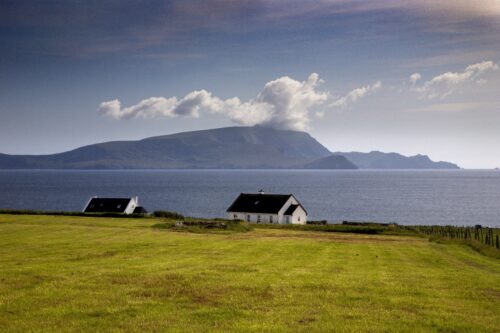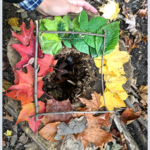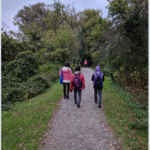Try to live a life that saves the Earth
You might be interested in Charles Eisenstein.
“When I understand that my very existence at its core is part of the existence of each ecosystem and species around the world, then I know that whatever happens to them is in a way happening to me.”
A client introduced me to this philosopher, author, and historian by recommending the documentary The Music Played the Band. I highly recommend you watch it.
Charles Eisenstein’s message in The Music Played the Band, parallels my belief that the natural order of the world is survival of the kindest.
In this documentary, he goes beyond belief and into doing.
How to Live your Life
As Charles tells it, there is…
“The old story” of how to live your life — one of separation where might makes right.
A world where we maximize our self-interest by taking what we need and want to prove our dominance. It’s a world of — us versus them, me versus you, and so on.
It’s a world that we take depression, despair, and resignation for granted. Even if we have an epiphany of abundance – our money system screams SCARCITY.
We’re stuck and we can’t get out. Or can we?
The new story, according to Charles Eisenstein, is actually billions of years older than this old story of “separate self in the world of others.” As each species developed through the billions of years it took to get to the human species – the world became alive, more abundant.
Each being – from atom to butterfly — contributed to the life of the cosmos since the beginning of time.
They weren’t here to conquer nature like human beings have believed for centuries. Every species developed to become a part of the collective good. They gave in order to receive.
This approach brings an understanding of yourself as a “gift.”
What is yours to do? What is yours to give? That’s how we can live our lives.
Everyone is an artist
Charles encourages us to become divine artists and make as much good and beauty in the world as we can.
We can devote our lives to goodness. This is who we are. This is why we’re here. This is us – to bring our gifts to the world.
Every Act is a Prayer
“The way you are with your two-year old, sets the template to the future.”
No matter how big or how small, each act is important to be in a state devoted to goodness. Your life will unfold like peeling an onion. Each layer brings a greater understanding of the role you are here to play.
It could be you have a gift for politics, moving the community into the greater good mindset. Or it could be you comfort those in need of help. Your every act is a prayer spreading beauty and goodness in the world.
Whatever your gift is, once you start giving it away, you will receive benefits.
-
-
-
-
- Joy
- Connection
- Fulfillment
-
-
-
Find your community
“How do you hold on to a reality that contradicts the reality everyone is holding on to you? We need other people to hold our reality with us – we need a community.”
Recognize that you have Hope
With hope, you can move out of your paralysis and set your gifts in motion to bring beauty and goodness to our world.
Take care.
~~Ellen
P.S. This article originally appeared in my April 2022 issue of my e-newsletter. We forgot to post it on my website. Enjoy. ~~ Ellen




Recent Comments